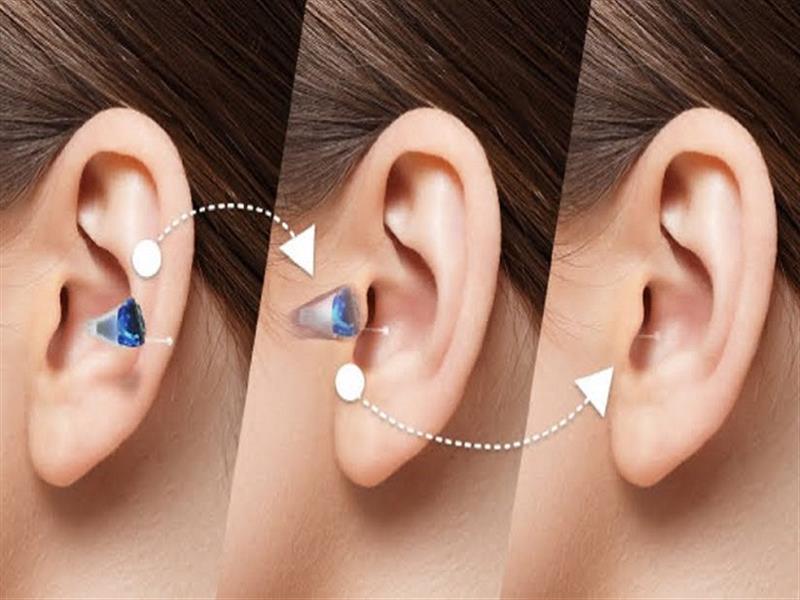
It is estimated that between 1.8 and 7 million people worldwide have hearing impairments (range is due to inefficient census system). Why is this handicap prevalent among so many people? The main causes of hearing loss are what? Hearing Loss Causes Hearing loss has a wide range of both natural and artificial causes. Some of them are as follows:
- Aging-related presbycusis or declining hearing ability
- Significant noise pollution
- A bad or hazardous drug
- Several ear conditions, include otosclerosis and ear infections
- Genetic factors
- Entangled earwax
- Accidental head injury
What Makes Hearing Loss a Serious Health Problem If Left Untreated
Untreated hearing loss is seen as a major health condition since it can result in additional issues, some of which can be acute in nature. This may come as a surprise to you. What can go wrong if hearing problems are not treated as listed below:
- Anger, negativity, and general irritation
- Depression, both early and severe stages
- Stress, tension, and exhaustion
- Alzheimer's or severe memory loss
- concentration loss
- Self-isolating or avoiding social situations
- continuous social humiliation or isolation
- increased personal protection risk brought on by a lack of awareness
A Committed Solution to Hearing Issues:
Hearing Aids and Assistive Hearing Devices A hearing aid can indeed be your best friend if you've been encountering comparable hearing problems. Let's first establish what a hearing aid is. The patient might wear a small electronic gadget called a hearing aid behind their ear. Its purpose is to increase sound volume so that an individual with hearing impairment can easily listen. As a result, communications is facilitated and the individual can clearly hear like a normal person.
What is the hearing aid's operating principle?
A hearing aid functions with the assistance of 5 essential parts:
1. Microphone: Captures airborne sound and transforms it into digital signals.
2. Microchip: A feature of expensive hearing aids. creates a unique hearing solution
3. Amplifier: An amplifier, which makes digital signals stronger.
4. Battery: The hearing aid is powered by a battery.
5. Receiver: Transforms audio signals from digital signals.
Hearing Aid Types and How to Select the Best One
The fact that there are so many different types and variations of hearing aids on the market today can make it difficult to select the one that will best suit your needs. In order to help you choose the hearing aid that will serve your needs the best, the following list of hearing aid types and applications is provided:
1. Hearing aids worn behind the ear (BTE)
As the name implies, this kind of hearing aid rests behind the ear and transmits the amplified sound into your ear using tubing or wire.
Appropriate for: Patients with mild to moderate hearing loss problems.
2. Hearing aids worn in the ear (ITE) or canal (ITC)
Since the functioning components of these hearing aids are located in the ear mould, they entirely fit within your ears. As a result, they are less noticeable than hearing aids worn behind the ear.
Appropriate for: People who need a discreet hearing aid and have mild to moderate hearing loss.
3. Hearing aids with completely in canals (CIC)
These hearing aids have very little visible and totally fit within the ear. The lack of features like a hearing loop makes the compact size less significant in terms of technology.
Appropriate for: Mild to moderate hearing loss, such as that caused by an accident or ageing.
4. Hearing aids that are invisible in the canal (IIC)
Since they fit directly into the ear canal and may be mostly removed by an audiologist, this form of hearing aid has almost little visible.
Appropriate for: People with mild to severe hearing loss, especially those with infection and Presbycusis.
5. Wearable hearing aids
As the name implies, you can quickly clip these to your clothing or put them in your pocket. Then, a lead or soft tip is used to attach this device to an ear mould.
Appropriate for: Patients, particularly seniors who have both hearing and vision problems because it could be challenging for them to press small buttons.
6.Hearing aids with CROS or BiCROS
Hearing aids with CROS technology capture sound from the side of the ear that cannot hear and transmit it to the hearing ear. The best ear receives the amplified sounds from both directions thanks to BiCROS devices.
Appropriate for: Patients having one working ear and one non-working ear, especially elders.
7. Hearing aids with bone conduction
The cochlea receives sound directly from this kind of hearing aid (the organ for hearing). By sending vibrations through the skull, this is accomplished.
Appropriate For: Patients with conductive hearing loss.
It's ideal to keep yourself as educated with your hearing aids and a new breakthrough in the technology. Ask your query via Book an Appointment today. For more information visit https://hearing.careinc.ca or you can call us today at (403)605-6300